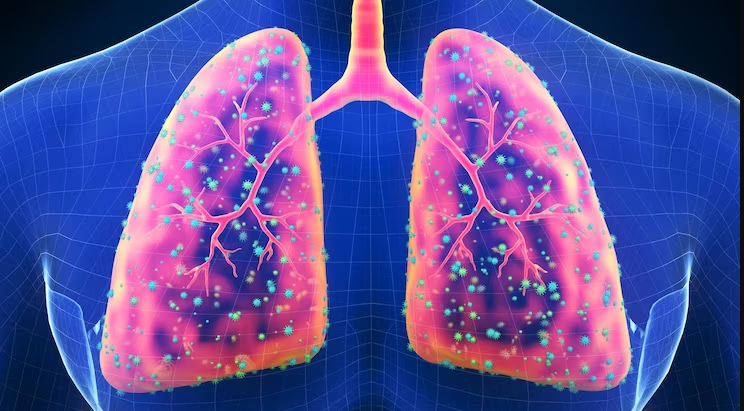The following is the summary of “Role of ATP in migraine mechanisms: focus on P2X3 receptors” published in the January 2023 issue of Headache and Pain by Giniatullin, et al.
Globally, migraine is a significant health burden because of its complex pathophysiology and myriad underlying causes. In particular, the initial processes that lead to migraine headaches are not well known. It appears interesting to think about major chemical players that may work together to provoke headaches, as this may shed more light on the fundamental process of migraine pain.
Researchers believe that in addition to the neuropeptide calcitonin gene-related peptide (CGRP), which stimulates trigeminal nociceptive neurons, extracellular Adenosine triphosphate (ATP), which normally has a powerful nociceptive role, is a substantial component of migraine headache. The focus of this review is on the P2X3 membrane receptors that are specifically expressed by sensory neurons, including their nerve fiber terminals in the meninges, and the role that ATP plays in activating them. Here, researchers report findings on the trigeminovascular and central nervous system ATP and related purine homeostasis.
The basic properties of ATP signaling at peripheral and central nerve terminals, the characteristics of P2X3 and related receptors in trigeminal neurons, the critical speed and persistence of P2X3 receptor activity, their cohabitation at the so-called meningeal neuro-immune synapse, and the identity of certain endogenous agents cooperating with ATP to It has been suggested that the novel kinetic features of ATP-activated P2X3 receptors present an intriguing translational value to motivate further studies for novel therapies of migraine pain.
Source: thejournalofheadacheandpain.biomedcentral.com/articles/10.1186/s10194-022-01535-4



















